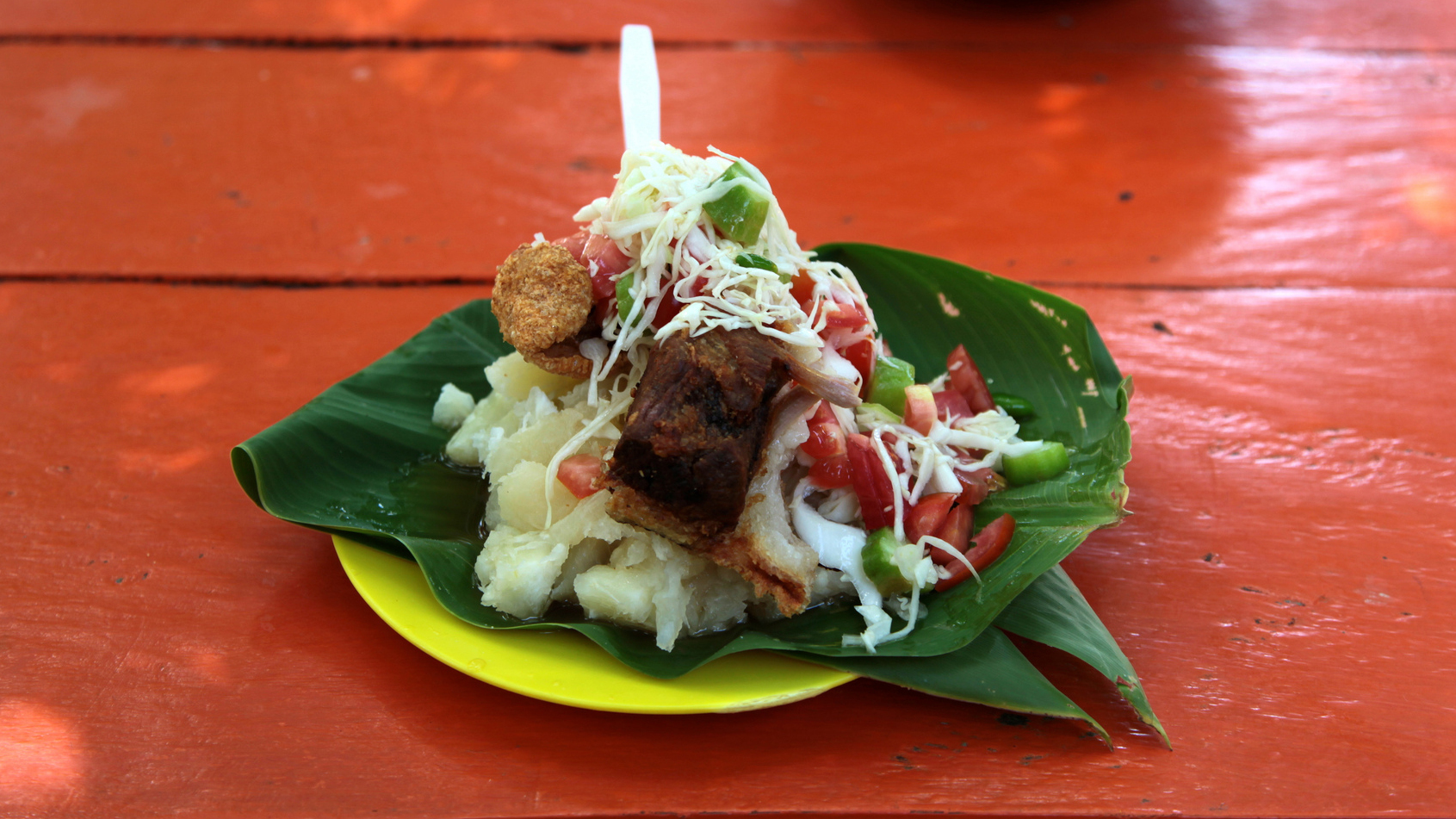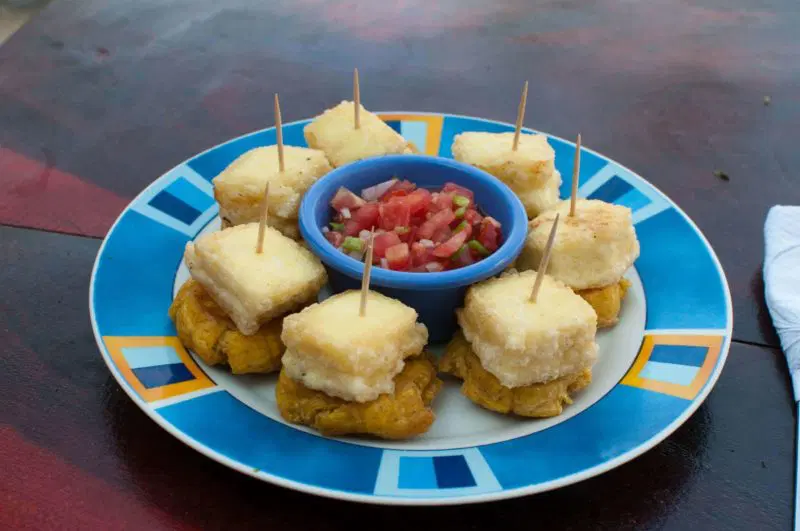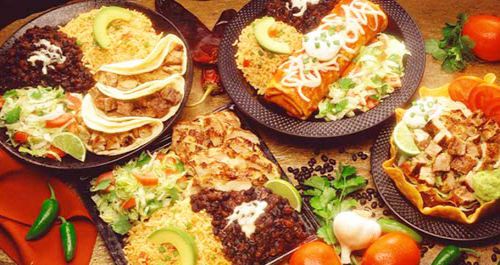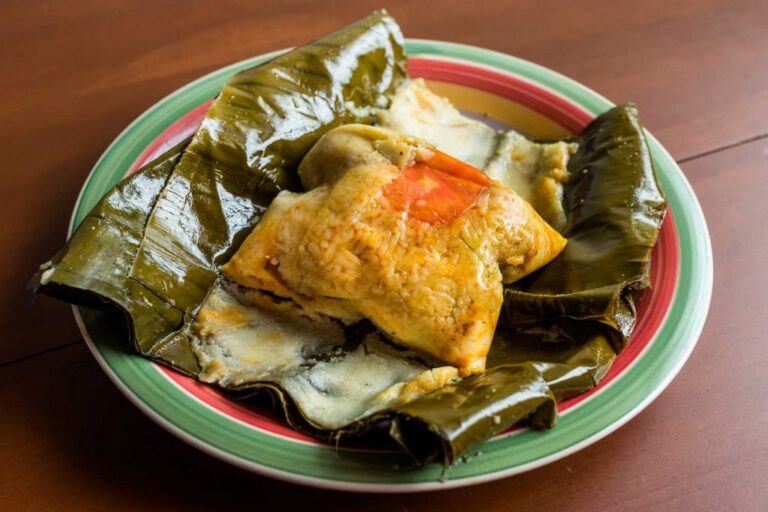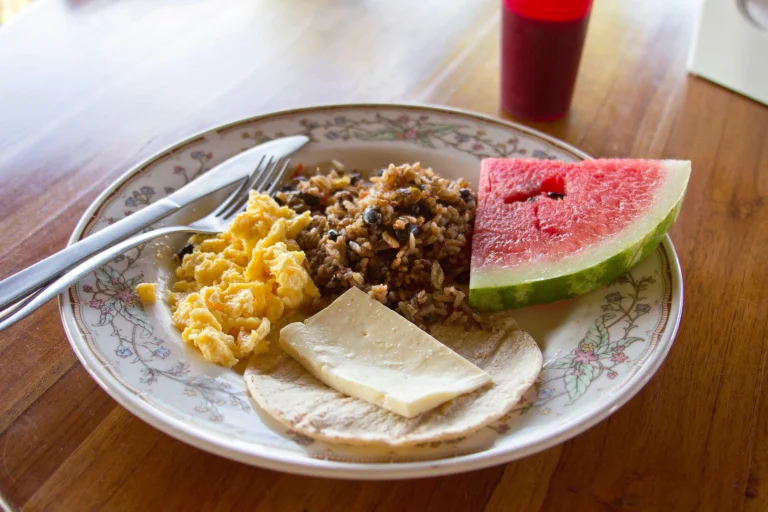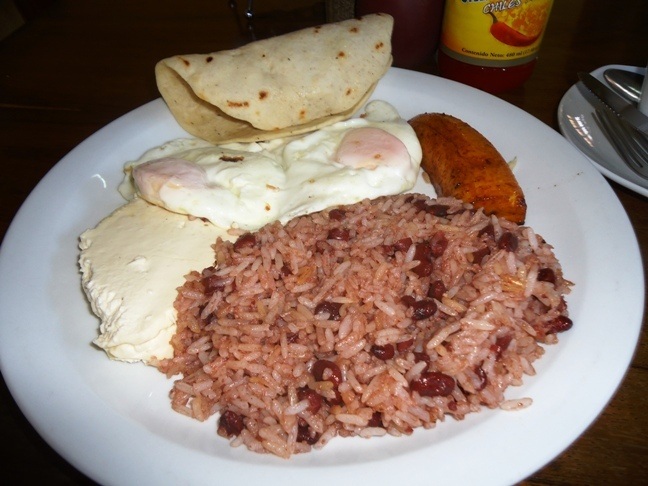Introduction: The rich history of Nicaraguan cuisine
Nicaragua, located in Central America, has a rich and diverse culinary history that reflects the country’s cultural and historical influences. The cuisine of Nicaragua is a blend of indigenous, European, African, and Caribbean traditions, resulting in a unique and flavorful cuisine.
Nicaragua’s tropical climate and fertile soil provide a wealth of fresh ingredients, including fruits, vegetables, fish, and meat. Nicaraguan cuisine is known for its use of corn, beans, plantains, and yucca, which are staples in many traditional dishes. The country’s culinary history is a reflection of its colonial past and the influence of the indigenous cultures that have lived there for centuries.
Pre-Columbian influences on Nicaraguan cuisine
Nicaragua’s indigenous population, consisting of various tribes, had a significant impact on the country’s cuisine. Corn, which was a staple food of the indigenous population, remains an essential ingredient in Nicaraguan cuisine today. The traditional dish of nacatamal, which is a corn dough filled with meat and vegetables and wrapped in a plantain leaf, is a popular example of this influence.
Other pre-Columbian ingredients that are still used in Nicaraguan cuisine include cacao, chile peppers, and tomatoes. These ingredients were introduced to the Spanish conquistadors who arrived in the 16th century and quickly became popular throughout the region.
Spanish colonial era and its impact on Nicaraguan cuisine
The Spanish colonial period had a significant impact on Nicaraguan cuisine, introducing new ingredients and cooking techniques. The Spanish introduced livestock, such as cattle and pigs, which became an essential source of meat in Nicaraguan cuisine. Spanish colonizers also brought with them ingredients such as olive oil, wine, and various spices.
The Spanish also introduced new cooking methods such as frying and baking, which became popular in Nicaraguan cuisine. The dish of gallo pinto, which is a mixture of rice and beans, is an example of the Spanish influence on Nicaraguan cuisine.
African and Caribbean influences on Nicaraguan cuisine
The arrival of African slaves and Caribbean immigrants in Nicaragua in the 19th and 20th centuries introduced new ingredients and flavors to the country’s cuisine. Coconut, seafood, and various spices and herbs are examples of ingredients that were introduced during this period.
The traditional Nicaraguan dish of rondón, which is a coconut-based seafood stew, is a popular example of the influence of African and Caribbean cuisine on Nicaraguan food.
Modern-day influences on Nicaraguan cuisine
In recent years, Nicaraguan cuisine has continued to evolve, with new influences and flavors being introduced. The country’s tourism industry has played a significant role in the promotion of Nicaraguan cuisine, with restaurants and food festivals showcasing traditional and modern dishes.
International influences, such as Mexican and American cuisine, have also had an impact on Nicaraguan food in recent years. This has led to the fusion of different flavors and ingredients, resulting in new and exciting dishes.
Conclusion: The enduring legacy of cultural diversity in Nicaraguan cuisine
Nicaraguan cuisine is a reflection of the country’s rich cultural and historical diversity. The blending of pre-Columbian, Spanish, African, and Caribbean influences has resulted in a unique and flavorful cuisine that is enjoyed by locals and visitors alike.
Despite modern influences, traditional dishes such as nacatamal, gallo pinto, and rondón remain popular and continue to be an essential part of Nicaraguan cuisine. The enduring legacy of cultural diversity in Nicaraguan cuisine ensures that the country’s food will continue to evolve and delight food lovers for generations to come.


